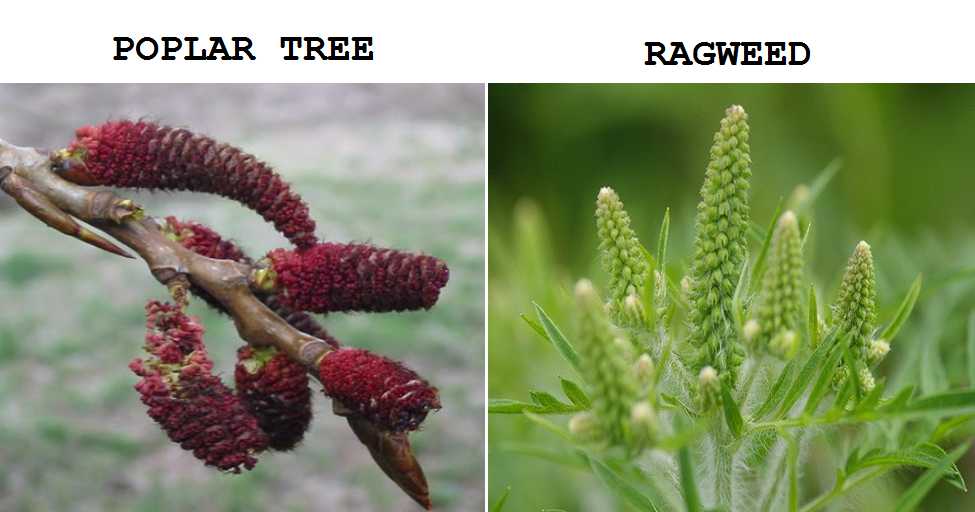235.WHAT IS A POLLEN COUNT?
During the “hay fever season,” newspapers in many cities publish the day’s pollen count: What is pollen, what does it have to do with hay fever, and what is a pollen count?
A person is said to have hay fever when he is sensitive to pollen and some other sum stances that are present in the air. Pollen is the reproductive element of plants and is contained in the flowers of most plants. Usually, it occurs as a fine dust or grains.
While insects spread pollen, it is the wind that spreads most of the pollen that causes hay fever. There are three chief groups of plants whose pollen causes hay fever, and each of these groups has a different season. For example, trees produce the pollen that causes hay fever during April and May, various grasses are responsible for hay fever that comes from May to July, and weeds produce the pollen that causes hay fever from August to October.
Since some weeds can produce more than 100,000 pollen grains from a single plant, you can see that at certain times there can be quite a bit of pollen in the air. Naturally, the more pollen there is about, the more the hay fever victims suffer.
This is why a pollen count is taken. People who must leave the area during the heavy pollen season know when to come back. The way a pollen count is taken is quite simple. A glass slide, one side of which is coated with oil, is placed in a horizontal position in the atmosphere to be tested. The slide is usually left for 24 hours. Then the pollen grains collected on it are counted with the aid of a microscope.
Wind and weather have a great deal to do with the amount of pollen in the air. Heavy rains during the summer months cause plants to flourish and produce large quantities of pollen. If the summer months are dry, much smaller amounts of pollen will be produced. Sunshine helps the pollen mature, while damp weather retards it. If it rains in the early part of the day, the spreading of pollen will be held down somewhat.
The reason we call it “hay fever,” by the way, is that the symptoms of the disease appeared during the haying season in England. A doctor in 1812 wrote a report on it and called it “hay fever,” and the name has remained.



Leave a Reply